Handmade Japanese kitchen knives are not just a tool, but a real art that combines ancient forging traditions with the highest modern technologies. Each knife is created by a master blacksmith by hand, with attention to the smallest details, which gives each product a unique character. In our article we will tell you about handmade Japanese kitchen knives by the most famous modern masters: Yu Kurosaki, Takeshi Saji, Hideo Kitaoka, Yoshimi Kato.
Our MyGoodKnife store has been working directly with the masters of Takefu Knife Village for many years. Therefore, you can be sure that from us you are buying 100% original Japanese kitchen knives hand-made by the best blacksmiths of Takefu Knife Village.
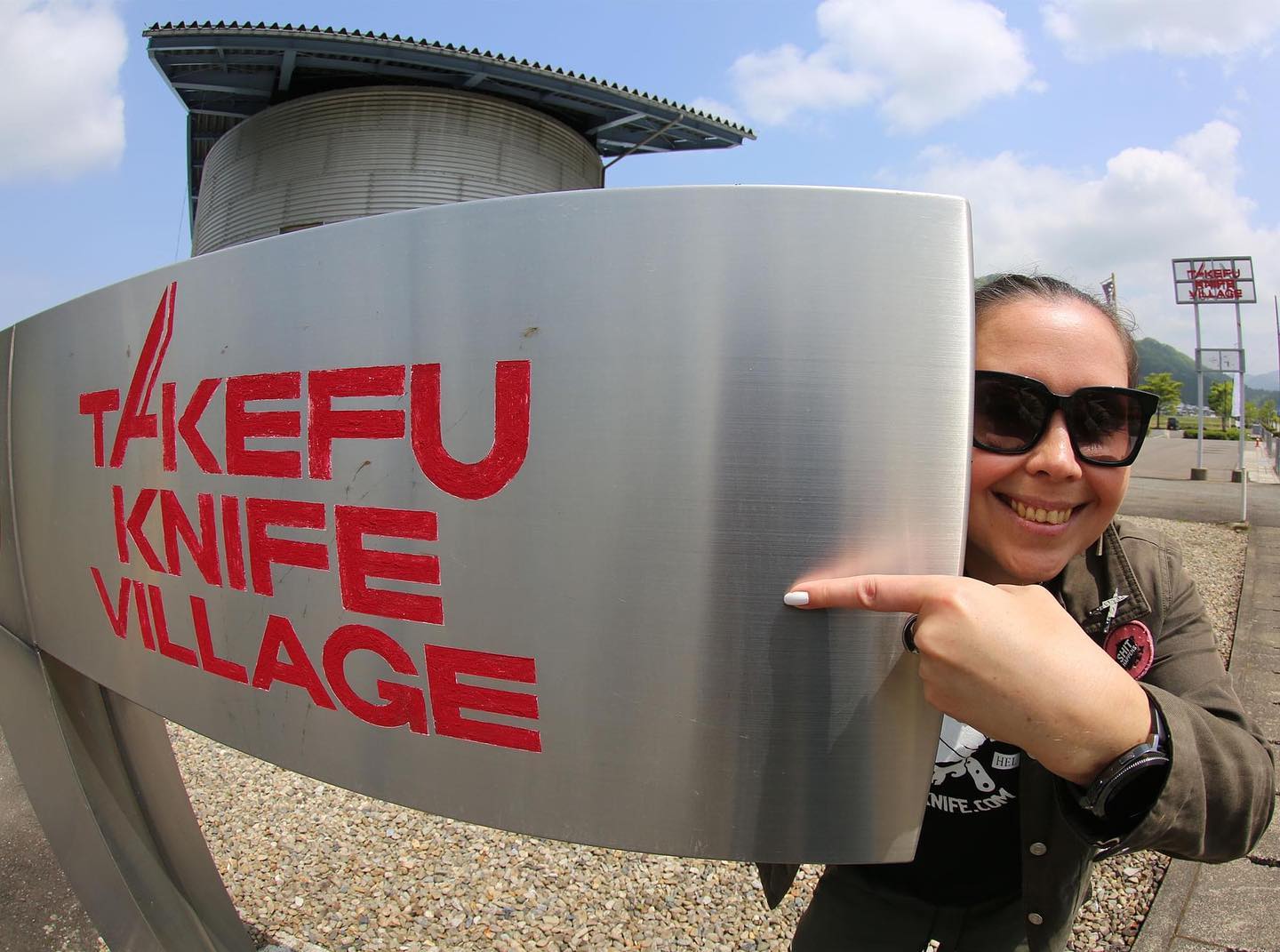
One of the most famous modern Japanese blacksmiths is the young master Yu Kurosaki. His knives are valued for their innovative design, exceptional sharpness and artistic forging. Thanks to the unique ornamentation on the blades, Yu Kurosaki knives are easily recognizable. The master himself is a real star and probably the most popular Japanese blacksmith outside of Japan at the moment.
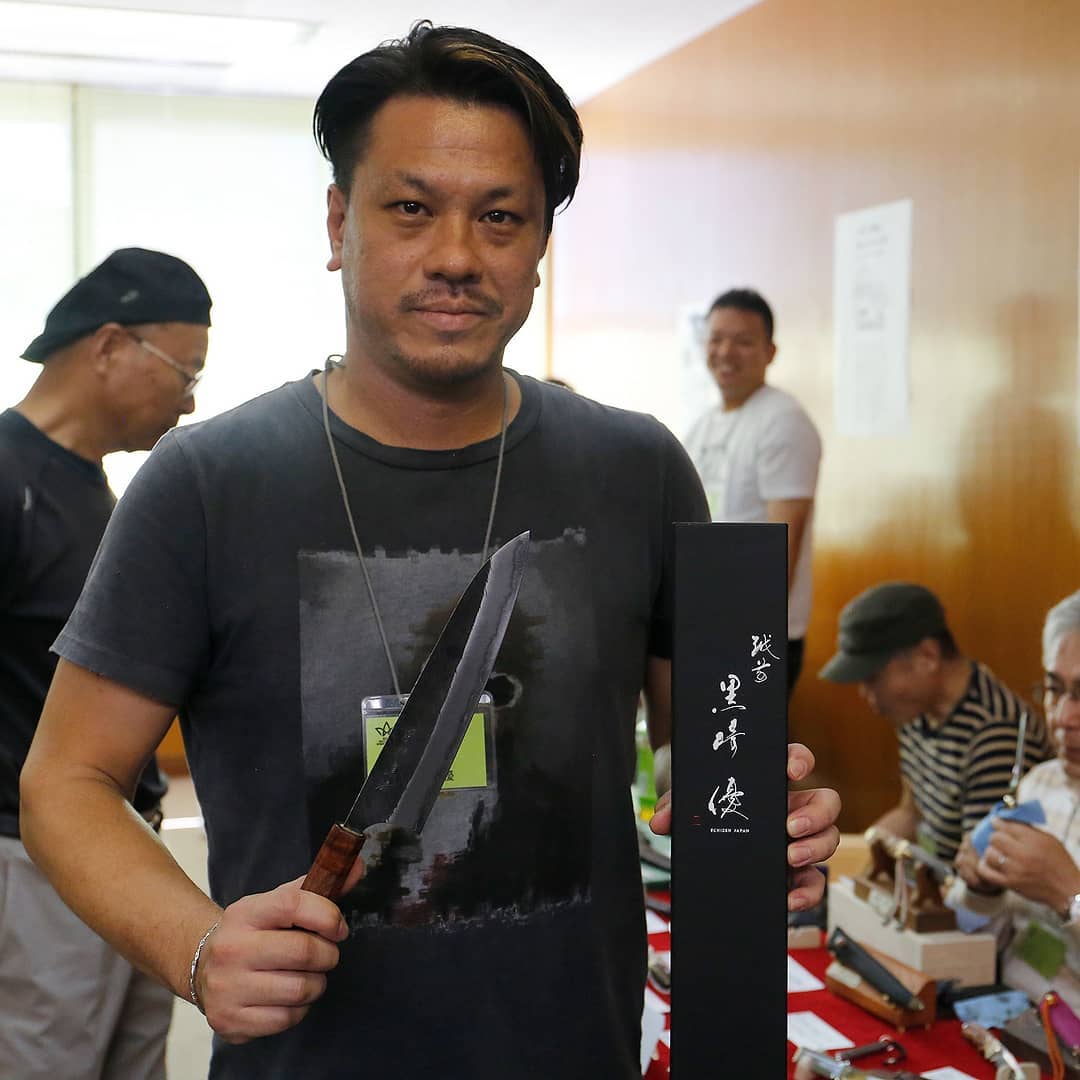
Yu Kurosaki has several popular series of kitchen knives that have made him popular all over the world: Fujin, Shizuku, Raijin and Senko.
The Shizuku series is one of Kurosaki's most recognizable works. The blades have a characteristic texture reminiscent of raindrops on metal. This texture is not only beautiful, but also helps prevent food from sticking to the surface when cutting. Knives in this series are made of SG2 (R2) steel - powder high-carbon steel with excellent hardness and wear resistance.
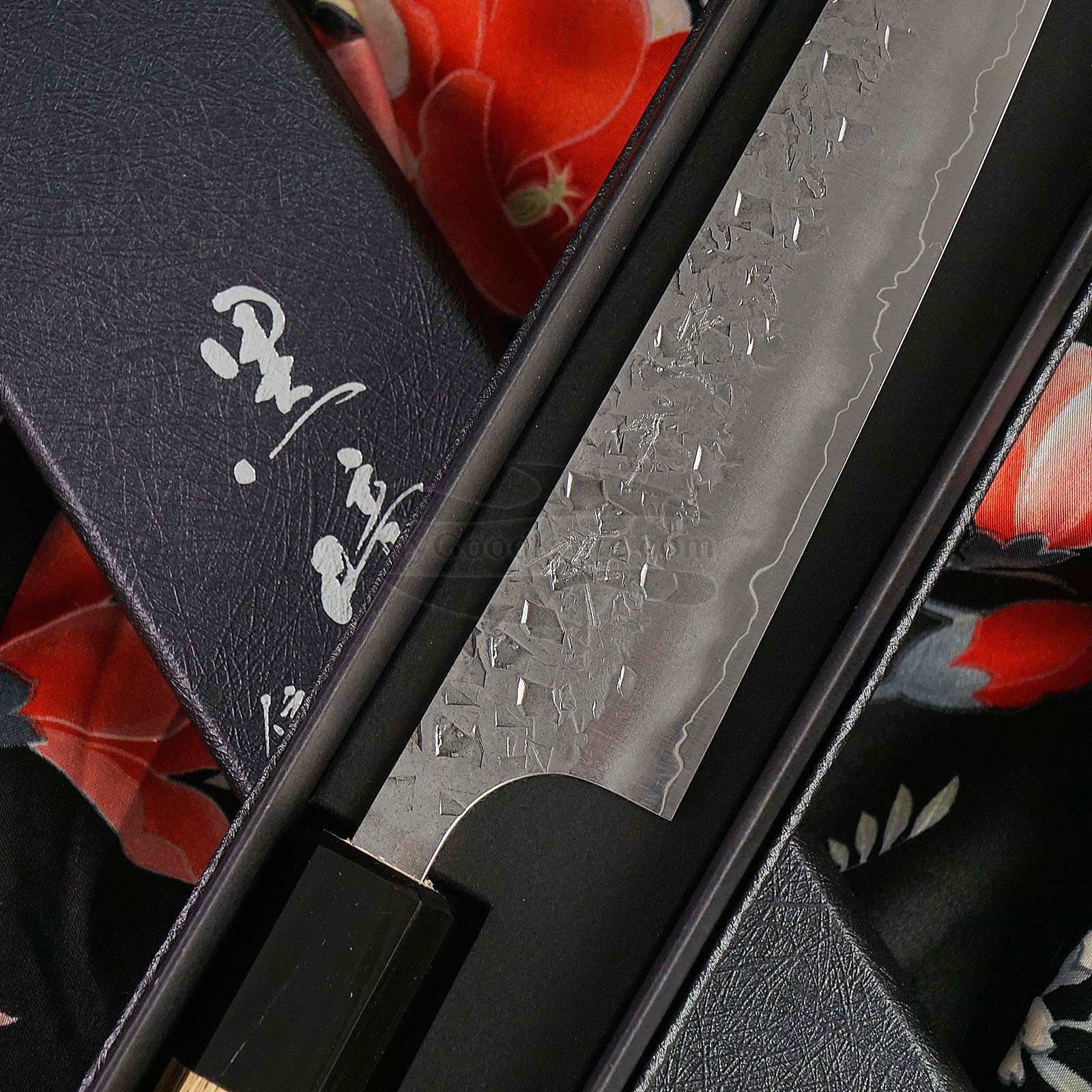
The Yu Kurosaki Fujin (Wind God) knife series features a mesmerizing swirl pattern. This is the master's most artistic series. Blades made of VG10, Aogami or SG2 with a Damascus pattern and spectacular deep texture. These knives are not just a working tool, but a work of art worthy of a collection.
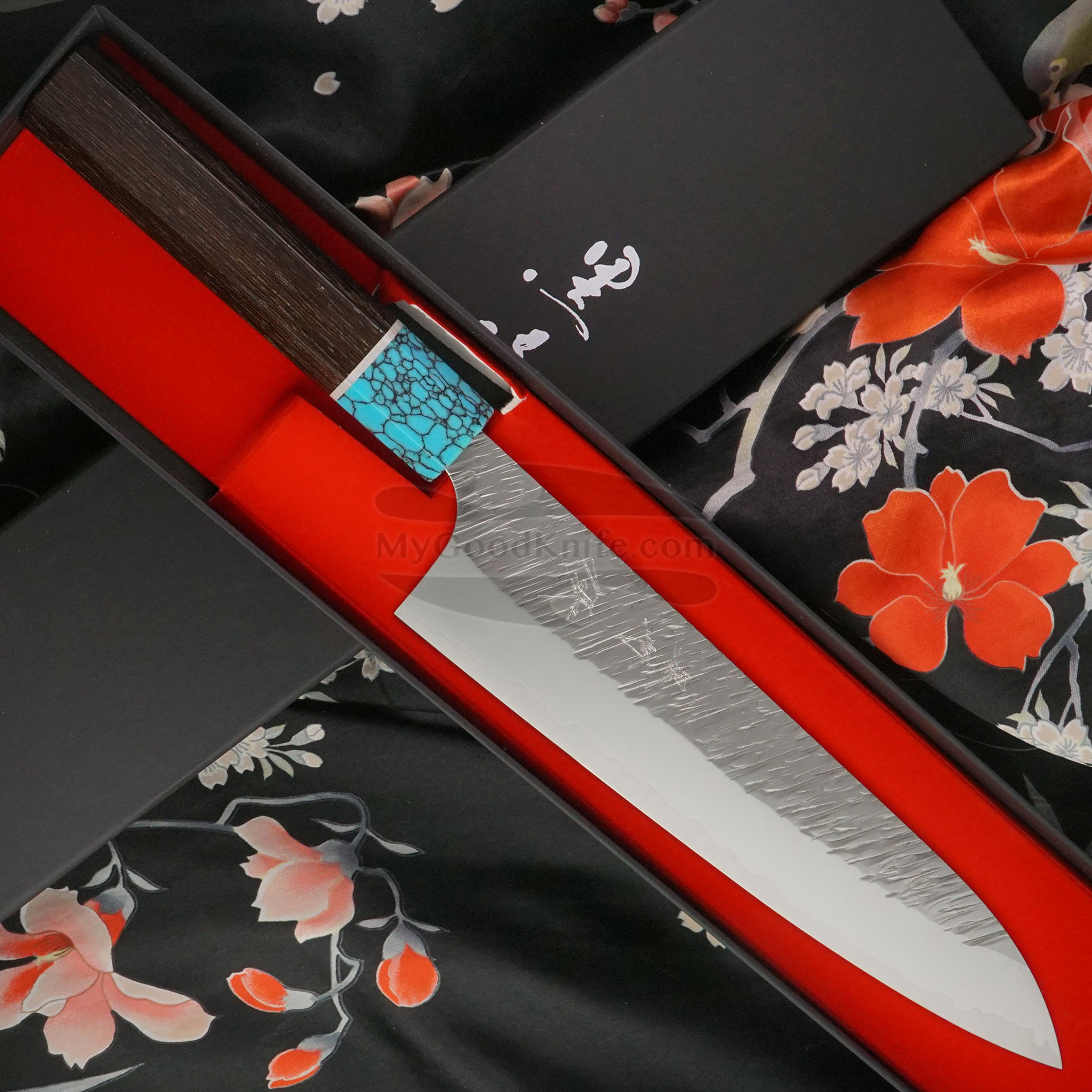
"Senko" means "lightning" - and the name speaks for itself. The hallmark of the Senko Yu Kurosaki knife series is a unique wavy pattern (tsuchime), reminiscent of lightning flashes, achieved by hand hammering. R2 / SG2 steel, providing exceptional hardness and wear resistance. Master Kurosaki uses different handles and often knives of the same series in different batches have different handles.
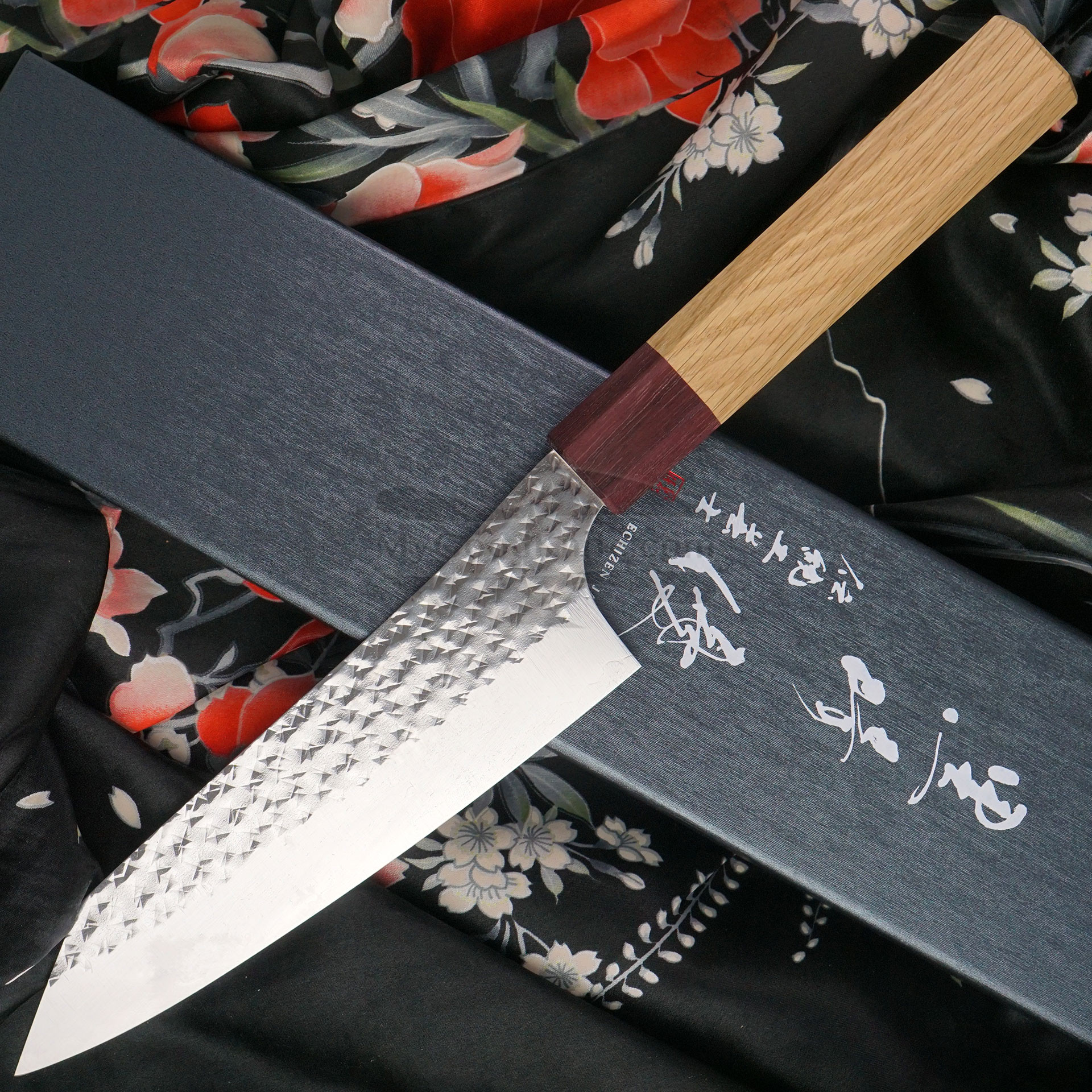
Hideo Kitaoka is one of Japan's most respected modern blacksmiths, whose work embodies centuries-old traditions of samurai sword art in kitchen knives. Master Kitaoka is one of the founders of Takefu Knife Village.
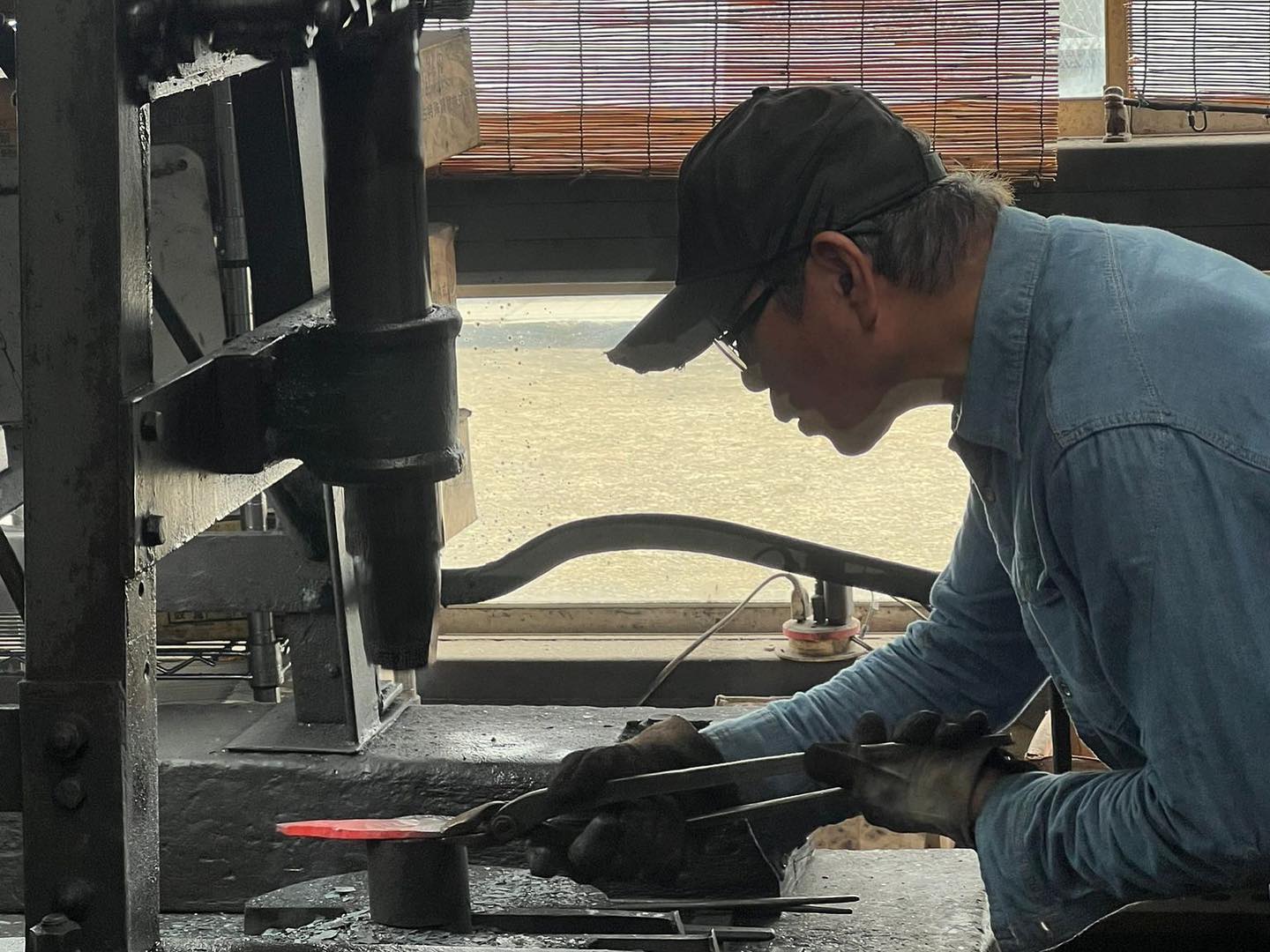
Master Hideo Kitaoka specializes in Sakimaru Takobiki and Yanagiba style knives, which are ideal for preparing sashimi and sushi. The master makes blades from high-carbon steel Shirogami #2 (white paper). Avoiding excessive decorativeness in favor of the impeccable geometry of the blade. Hideo Kitaoka has been awarded many prizes and awards, including the title of "Outstanding Successor of Traditional Crafts" and the "Autumn Order of the Sacred Treasure".
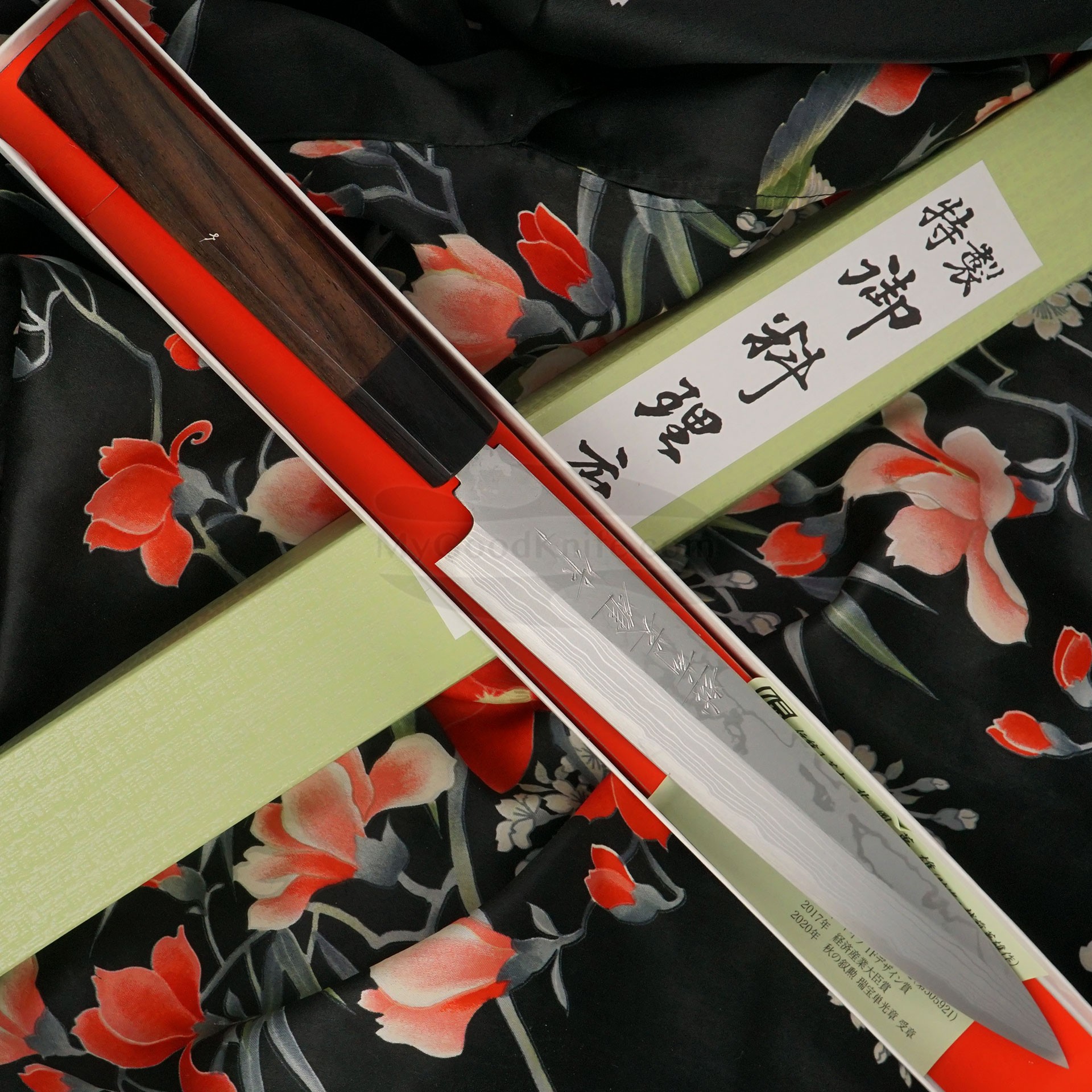
Another famous blacksmith who makes Japanese kitchen knives is Takeshi Saji. Master Saji has repeatedly received awards from the Fakui Prefectural Government and is a member of the Japanese Guild of Knife Masters. In 1994, he was appointed "master - keeper of traditional craft". One of the main features of Takeshi Saji knives is the use of Damascus steel and unique blade patterns, often with a spectacular texture (tsuchime), creating a unique appearance. The pattern of Damascus blades created by master Saji resembles dragon scales, or lightning flashes. Takeshi Saji experiments with various steels, including R2 (SG2), Aogami Super. The master selects handles to match the magnificent blades, preferring expensive types of wood, buffalo horn and bone.
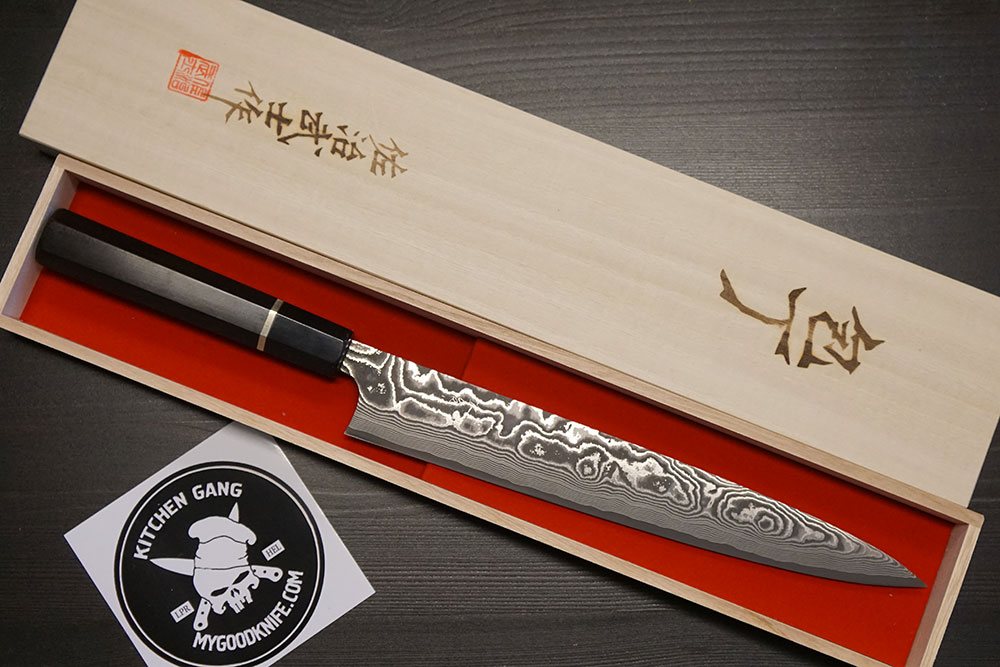
Yoshimi Kato is one of the leading modern Japanese blacksmiths, continuing the traditions of Takefu Knife Village in Fukui Prefecture. He became the successor of his father-in-law, the legendary master Hiroshi Kato, and inherited his business with honor. Yoshimi Kato is known for his attention to detail, forging mastery and ability to work with a wide range of steels - from classic carbon to modern powder steels. Many Yoshimi Kato knives have a multi-layer structure. Original Damascus covers protect a hard and thin cutting edge. As a core of the blade, the master most often uses high-carbon steel Shirogami #2, VG10 or powder steel SG2, which provides exceptional sharpness. Unlike most other Takefu Knife Village masters, Yoshimi Kato sometimes uses western-type handles - familiar to connoisseurs of high-quality knives from Europe and the USA.
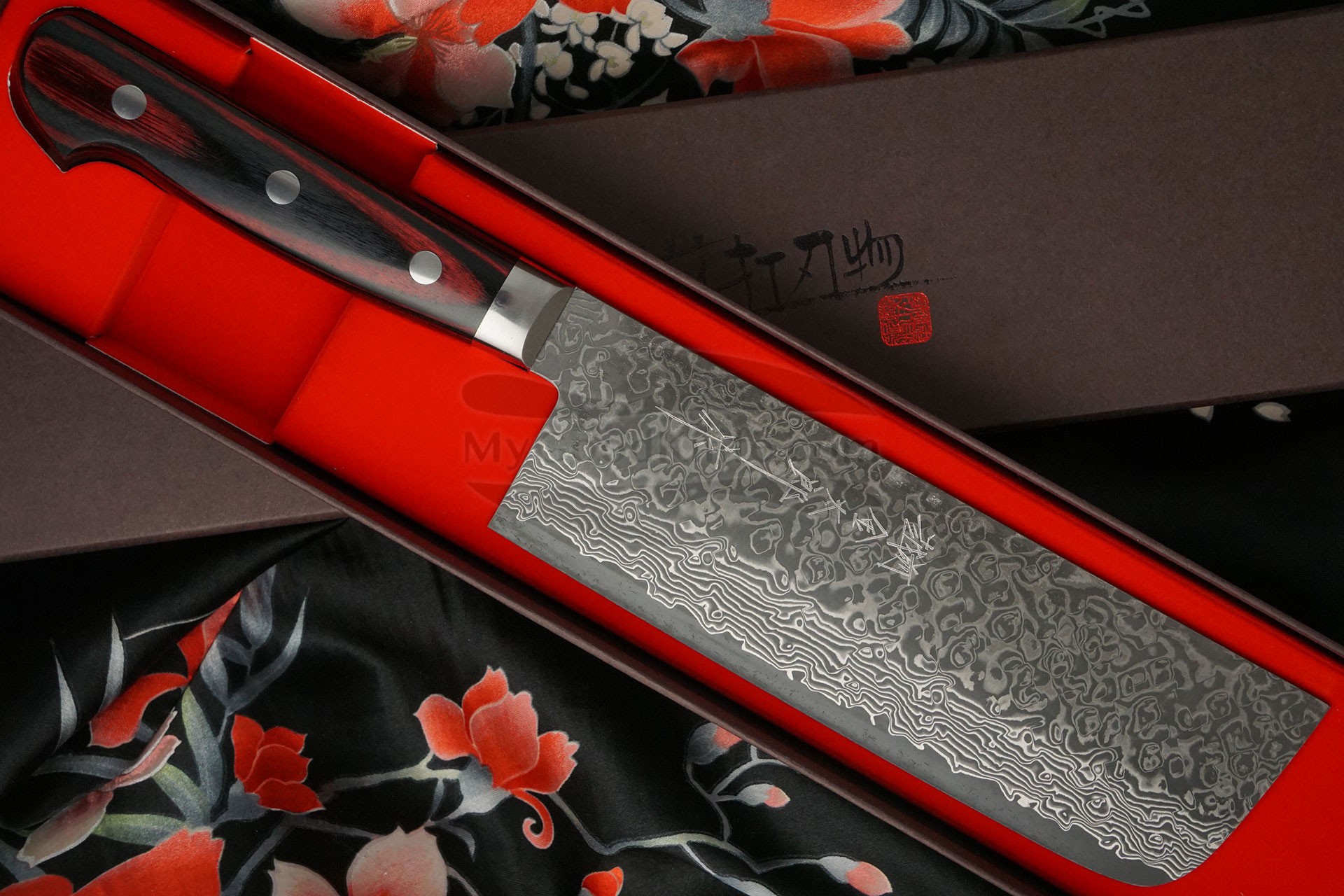
Each master brings his own style to his knives. Yu Kurosaki is known for his blades with unique patterns (tsuchime) and incredibly fine sharpening. Takeshi Saji combines traditional methods with experimental alloys. Hideo Kitaoka is famous for classic knives, and Yoshimi Kato is famous for combining classic Damascus blades with modern handles. All Japanese hand-forged kitchen knives are not just tools, but works of art that are passed down from generation to generation.
 Paracord: What It Is and How to Use ItRead more
Paracord: What It Is and How to Use ItRead more Can You Give Knives as a Gift: Traditions, Superstitions, and AdviceRead more
Can You Give Knives as a Gift: Traditions, Superstitions, and AdviceRead more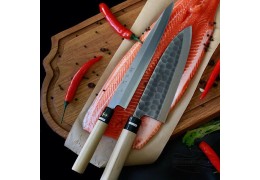 How to Sharpen Japanese Knives – A Complete Guide to Care and MaintenanceRead more
How to Sharpen Japanese Knives – A Complete Guide to Care and MaintenanceRead more Delivery to USARead more
Delivery to USARead more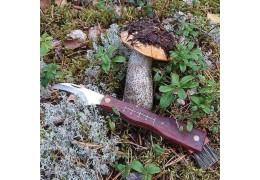 Mushroom knife: why you need it and how to choose the best oneRead more
Mushroom knife: why you need it and how to choose the best oneRead more








